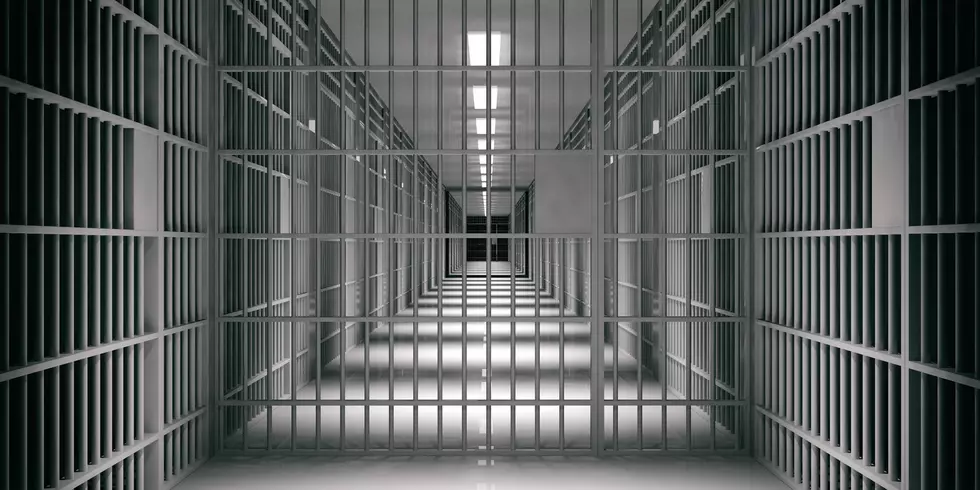
WEATHER: Sunny Start But the Potential For More Storms On the Way
Monday brought a warm but pleasant start to the Hudson Valley, and it looks like Tuesday will not be much different. The nicer weather won't last long though, as unseasonably warmer temperatures and the chance for strong thunderstorms return by midweek. Forecasters say the chance for rain could stick around all the way through the start of the weekend, giving us the chance for even more rain.
Highs Tuesday will be in the upper 70s, with partly cloudy skies through the day. Lows overnight will fall to low to mid 60s with increasing clouds. The best chance for storms will be Wednesday, according to meteorologists. The day will also feel more like mid July, as highs will climb to the mid to upper 80s with much higher humidity. Heat index values could reach close to 90, as rain and some potentially severe thunderstorms are expected by late afternoon across the area. Some storms could linger through the evening hours, as lows will fall to the mid 60s.
The chance for showers and thunderstorms will hang around Thursday and Friday, as it will remain warm and humid. Highs will be in the upper 70s, as scattered showers could persist in the afternoon each day. Lows will be in the mid 60s, with showers possible. Saturday will see highs climb close to 80, with the chance for scattered showers and thunderstorms in the afternoon.
Now, if warm stormy weather is your thing, then we could be seeing more of it here in the coming weeks. Above average temperatures and the chance for storms could linger as we enter the first weeks of fall. AccuWeather says that the Hudson Valley and Northeast could above average temperatures lasting well into mid October. There could also be more rounds of strong thunderstorms that persist for a least another month, according to some forecasts. This has been the trend through the majority of the summer across many parts of the Hudson Valley, and it may go on for a bit longer.
LOOK: The most expensive weather and climate disasters in recent decades
KEEP READING: Get answers to 51 of the most frequently asked weather questions...
TIPS: Here's how you can prepare for power outages
More From WPDH-WPDA









